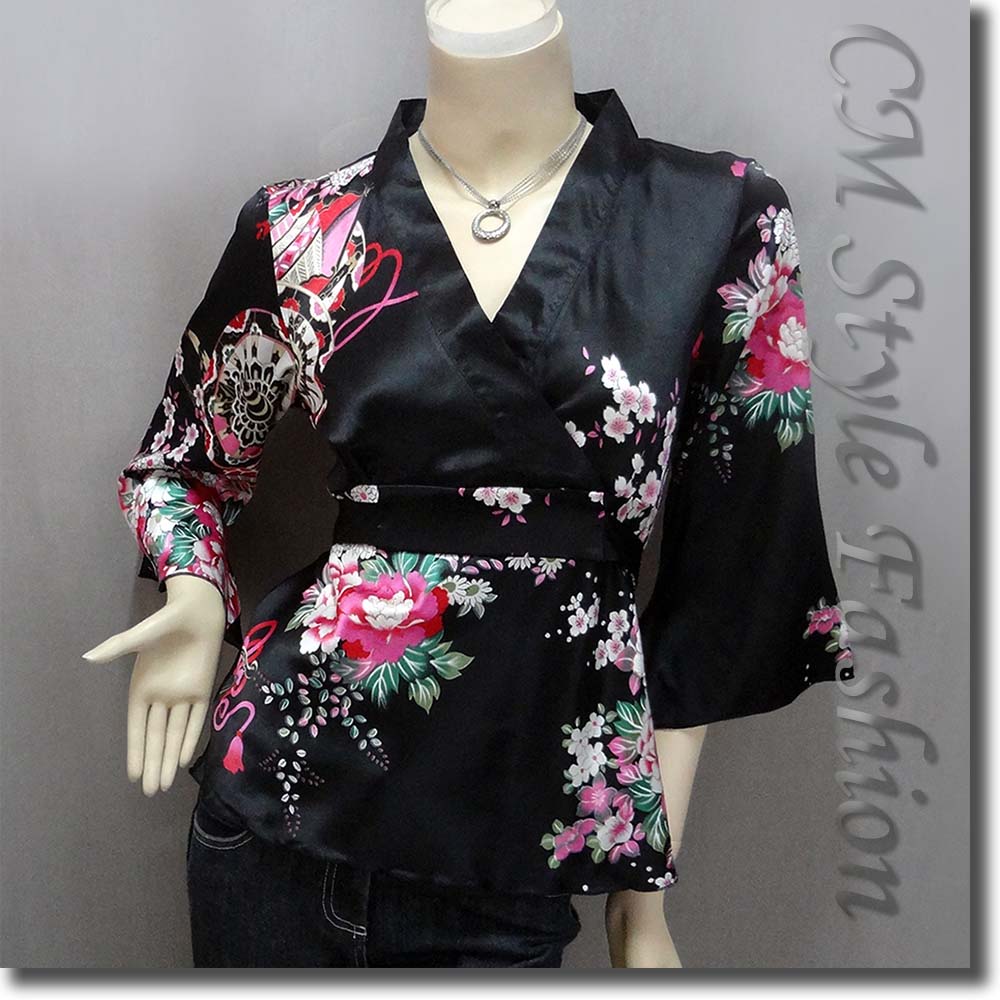A complete guide to Japanese Restaurant Uniform

Table of Contents
- I. Introduction
- II. Traditional Japanese Restaurant Uniforms
- III. Modern Japanese Restaurant Uniforms
- IV. Types of Japanese Restaurant Uniforms
- V. Choosing the Right Japanese Restaurant Uniforms
- VI. Maintenance and Care of Japanese Restaurant Uniforms
Introduction
Japanese restaurant uniforms are an essential part of the dining experience in Japan and around the world. These uniforms are designed to reflect the unique culture and aesthetic of Japanese cuisine, while also providing comfort and functionality for restaurant staff. In this blog, we will explore the significance of Japanese restaurant uniforms and their importance in the hospitality industry.
Japanese restaurant uniforms are known for their sleek, modern designs and attention to detail. They are often made with high-quality materials, such as cotton, linen, and silk, and feature traditional Japanese patterns and motifs. These uniforms are designed to provide a sense of professionalism and elegance that reflects the high standards of Japanese hospitality.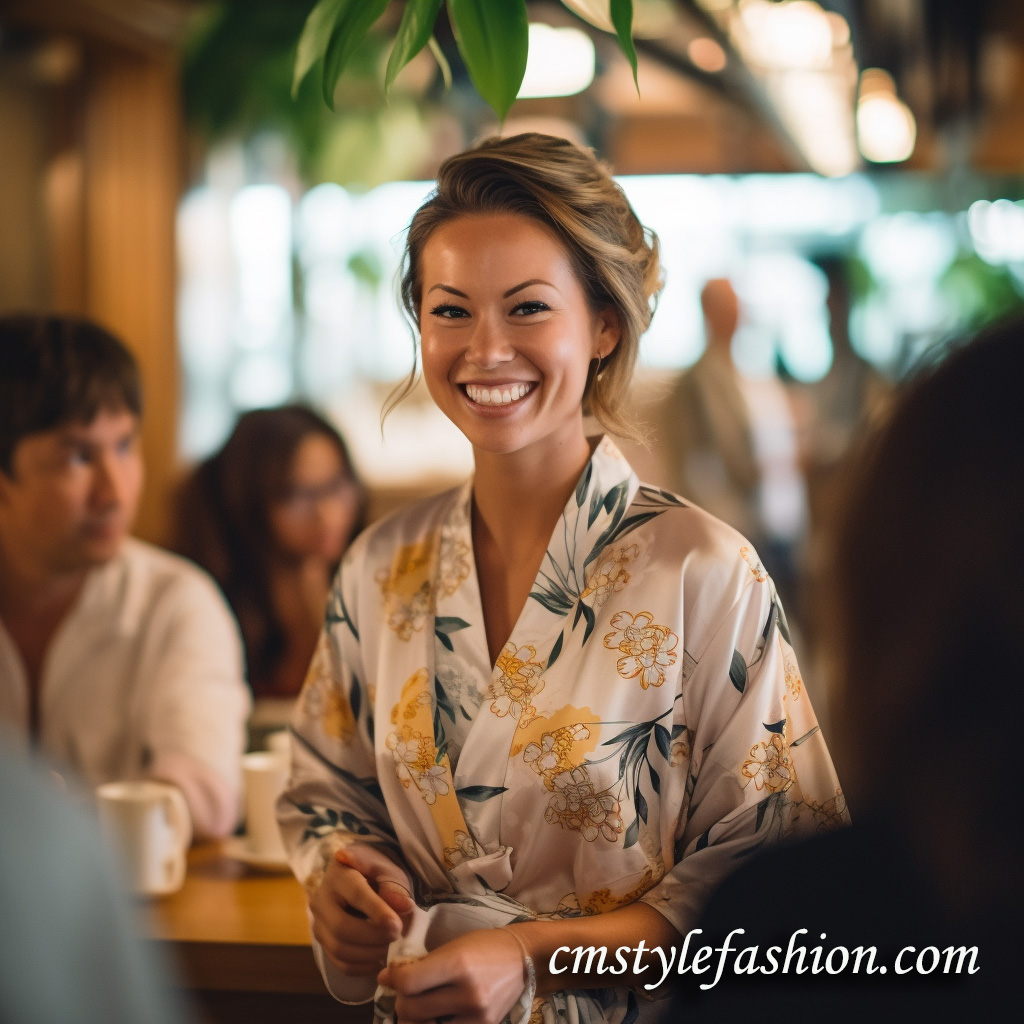
One of the key reasons why Japanese restaurant uniforms are so important is their ability to create a cohesive and memorable dining experience for customers. When restaurant staff are dressed in a coordinated and stylish uniform, it creates a sense of professionalism and attention to detail that sets the tone for the entire dining experience. This can be especially important for high-end or specialty restaurants, where the atmosphere and presentation are just as important as the food itself.
In addition to creating a memorable dining experience, Japanese restaurant uniforms also serve practical purposes. They are designed to be comfortable and functional for staff who spend long hours on their feet and need to move quickly and efficiently. Many Japanese restaurant uniforms feature breathable materials and flexible designs that allow for ease of movement and comfort.
Another important aspect of Japanese restaurant uniforms is their ability to reflect the culture and values of Japanese cuisine. These uniforms often feature traditional Japanese patterns andmotifs, such as cherry blossoms, waves, and bamboo, that reflect the beauty and simplicity of Japanese design. This attention to detail and cultural significance can help to create a sense of authenticity and tradition that can enhance the dining experience for customers.
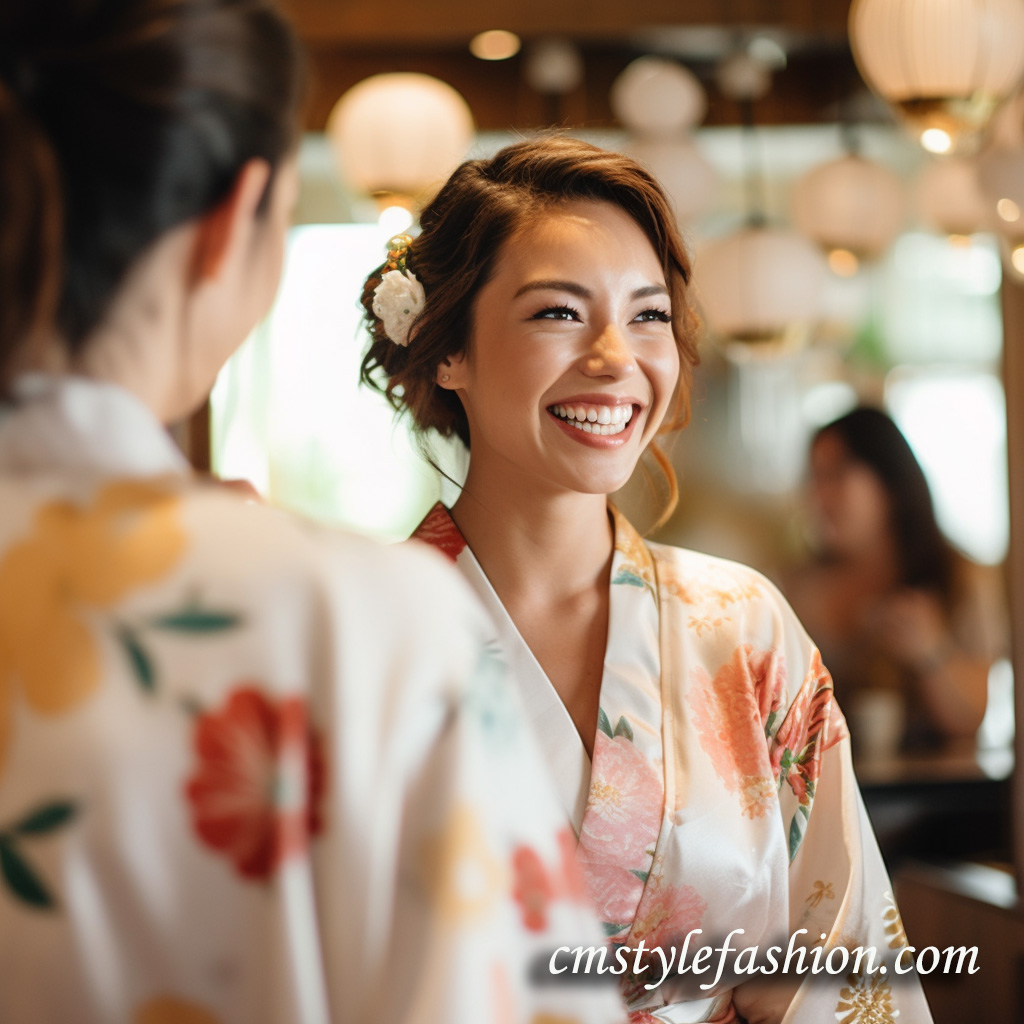
II. Traditional Japanese Restaurant Uniforms
Traditional Japanese restaurant uniforms for women are an important aspect of Japanese culture and hospitality. These uniforms are designed to reflect the cultural values and aesthetic of Japanese cuisine, while also providing comfort and functionality for restaurant staff. In this blog, we will explore the description of traditional Japanese restaurant uniforms for women, their historical background, and cultural significance, as well as the materials and design elements used.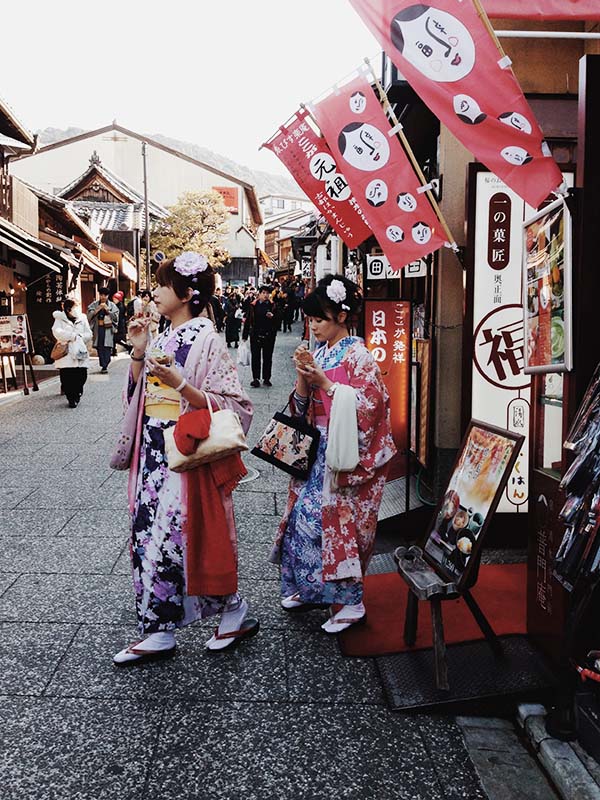
Traditional Japanese restaurant uniforms for women typically consist of a kimono-style dress called a "twelve-layer robe". This dress is made up of twelve layers of silk, each layer a different color and pattern. The colors and patterns are carefully chosen to reflect the season and occasion. For example, in spring, pastel colors and floral patterns might be featured, while in winter, darker colors and geometric patterns would be adopted.
In addition to the "twelve-layer robe", traditional Japanese restaurant uniforms for women may also include other elements such as a white haori jacket, which is worn over the "twelve-layer robe" and provides warmth and protection. The haori jacket is often decorated with embroidered or painted designs that reflect the restaurant's branding or cultural motifs.
The materials and design elements used in traditional Japanese restaurant uniforms are carefully chosen to reflect the culture and aesthetic of Japanese cuisine. Silk is a popular choice for its luxurious feel and ability to drape elegantly, while traditional patterns such as cherry blossoms and waves represent the beauty and simplicity of Japanese design. The use of natural materials and muted colors also reflects the importance of harmony and balance in Japanese culture.
III. Modern Japanese Restaurant Uniforms
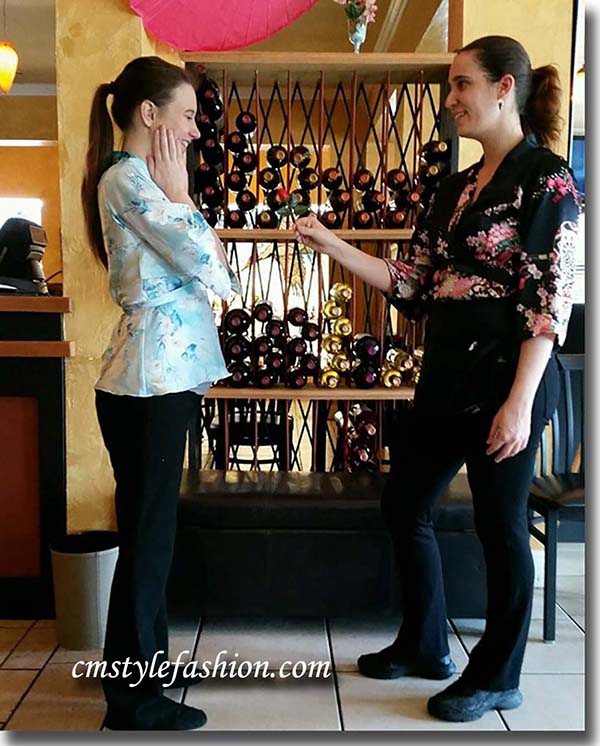
Evolution of Japanese Restaurant Uniforms
Over time, Japanese restaurant uniforms have evolved to reflect the changing times and trends. With the influence of Western fashion, many modern Japanese restaurant uniforms have moved away from the traditional kimono-style and adopted a more Westernized look.
Materials and Design Elements
Modern Japanese restaurant uniforms are designed with both functionality and style in mind. The materials used in these uniforms are chosen for their durability, comfort, and ease of maintenance. Polyester and spandex are popular choices due to their wrinkle-resistant and stretchy properties, which allow for a more comfortable fit.
In terms of design elements, many modern Japanese restaurant uniforms feature clean lines and minimalistic designs. The use of embroidery or other embellishments is kept to a minimum, with the focus being on a simple and elegant look. Many uniforms also incorporate the restaurant's logo or name, adding a touch of personalization to the uniform.
IV. Types of Japanese Restaurant Uniforms
Traditional Kimono-Style Uniforms
Traditional kimono-style uniforms are still used in some Japanese restaurants, especially those that specialize in traditional Japanese cuisine. These uniforms feature a kimono-style top with wide sleeves and a wraparound skirt. They are typically made of silk or cotton and can be customized with different patterns and colors. These uniforms are often seen in high-end restaurants that aim to provide a traditional Japanese dining experience.

Modernized Kimono-Style Uniforms
Some restaurants have modified the traditional kimono-style uniform to make it more modern. These uniforms still feature the wraparound skirt, but the top is more fitted and may have a collar. The sleeves are also narrower, making it easier to move around. These uniforms are often made of modern materials such as polyester or spandex, making them more comfortable and easier to maintain.
Western-Style Uniforms
Many Japanese restaurants have adopted a Western-style uniform, complete with collared shirts, fitted jackets, and slim pants. Some restaurants have even added ties or vests to complete the look. These uniforms are often seen in more casual restaurants that aim to provide a modern dining experience.
Chef Uniforms
Chef uniforms are used in Japanese restaurants that have an open kitchen, where customers can see the chefs at work. These uniforms usually consist of a white jacket and pants and a chef's hat. The jacket and pants are made of a breathable material that can withstand heat and stains. These uniforms are often seen in high-end restaurants that aim to provide a high-quality dining experience.
Examples of Uniforms for Different Types of Restaurants:
Sushi Restaurant Uniforms Sushi restaurant uniforms are often sleek and modern, with clean lines and minimalistic designs. They are usually made of modern materials such as polyester or spandex, making them comfortable and easy to maintain. Some sushi restaurants may opt for a more traditional look with a kimono-style top and a wraparound skirt.
Ramen Restaurant Uniforms Ramen restaurant uniforms are often more casual and comfortable, with a focus on functionality. They may consist of a collared shirt, a fitted jacket, and pants made of a breathable material. Apron-style uniforms may also be used in ramen restaurants that have an open kitchen.
Teppanyaki Restaurant Uniforms Teppanyaki restaurant uniforms typically consist of a short-sleeved top and an apron that covers the lower half of the body. The apron is made of a durable material that can withstand heat and stains. These uniforms are often seen in teppanyaki restaurants that aim to provide an interactive dining experience.
V. Choosing the Right Japanese Restaurant Uniforms
Factors to Consider When Choosing Japanese Restaurant Uniforms for Women
Type of Restaurant: The type of restaurant you operate will have a significant impact on the type of uniform you choose. For example, a high-end traditional Japanese restaurant may require a more formal kimono-style uniform, while a casual sushi restaurant may require a more modern and sleek uniform.
Branding: The uniform worn by your staff can play an important role in your restaurant's branding. The uniform should reflect the style and ambiance of your restaurant and be consistent with the overall branding of your business.
Comfort: The comfort of the uniform is an important factor to consider, especially for staff who will be wearing the uniform for long periods. The uniform should be made of breathable materials and have a comfortable fit to allow for ease of movement.
Functionality: The uniform should be functional and allow staff to perform their duties with ease. For example, a server's uniform should have enough pockets to hold pens, notepads, and other necessary items.
How to Create a Cohesive Look for the Entire Staff
Creating a cohesive look for the entire staff is important to create a professional and polished image for your restaurant. Here are some tips to help you achieve a cohesive look:
Choose a color scheme: Choosing a color scheme for the uniform can help to create a unified look. Consider choosing colors that are consistent with your restaurant's branding.
Consistency: Ensure that all staff members wear the same uniform and that it is consistent across all locations (if applicable).
Customize with branding: Add your restaurant's logo or name to the uniform to add a personal touch and reinforce your branding.
Accessorize: Consider adding accessories such as ties, scarves, or hats to create a more polished look.
Importance of Comfort and Fit
Comfort and fit are essential factors to consider when choosing a uniform for your staff. A uniform that is uncomfortable or ill-fitting can lead to discomfort and reduced productivity. When choosing a uniform, consider the following:
Material: Choose materials that are breathable and comfortable, such as cotton, spandex, or polyester.
Size: Ensure that the uniform is available in a range of sizes to accommodate all staff members.
Alterations: Consider offering alterations to ensure a perfect fit for each staff member.
Allow for movement: The uniform should allow for ease of movement and not restrict staff members' ability to perform their duties.
VI. Maintenance and Care of Japanese Restaurant Uniforms
Tips for Maintaining and Caring for Japanese Restaurant Uniforms
Follow care instructions: Always follow the care instructions on the uniform label to ensure that the uniform is cleaned and maintained properly.
Pre-treat stains: Pre-treat any stains on the uniform before washing. A stain remover or pre-wash spray can help to lift stubborn stains.
Avoid bleach: Avoid using bleach on uniforms, as it can cause discoloration and damage to the fabric.
Hang dry: Hang the uniform to dry instead of using a dryer, as high heat can damage the fabric.
Iron on low heat: If ironing is required, use a low heat setting to prevent damage to the fabric.
Best Practices for Cleaning and Storing Uniforms
Separate by color: Separate uniforms by color before washing to prevent color bleeding.
Wash separately: Wash uniforms separately from other clothing to prevent damage to the fabric.
Use gentle detergent: Use a gentle detergent to prevent damage to the fabric.
Store in a cool, dry place: Store uniforms in a cool, dry place to prevent mold and mildew growth.
Hang uniforms: Hang uniforms instead of folding them to prevent wrinkles and creases.
How to Extend the Life of Uniforms
Rotate uniforms: Rotate uniforms to prevent excessive wear and tear on a single uniform.
Invest in quality uniforms: Investing in quality uniforms can help to extend the life of the uniform and prevent the need for frequent replacement.
Repair minor damages: Repair minor damages such as loose buttons or small tears to prevent further damage to the uniform.
Train staff on proper care: Train staff on proper care of the uniform to prevent damage and ensure the uniform lasts longer.
Replace uniforms when necessary: Replace uniforms when they become too worn or damaged to maintain a professional appearance.






